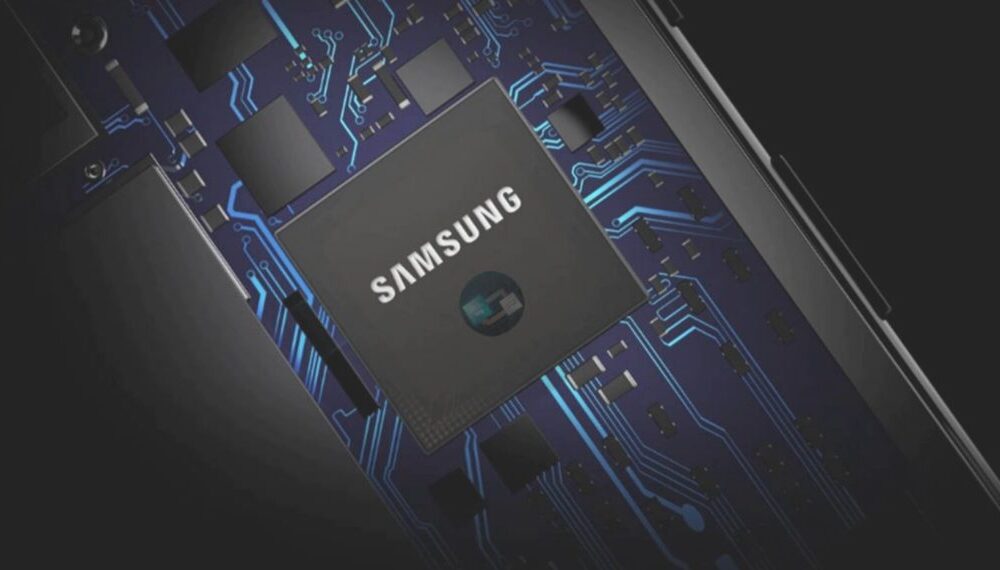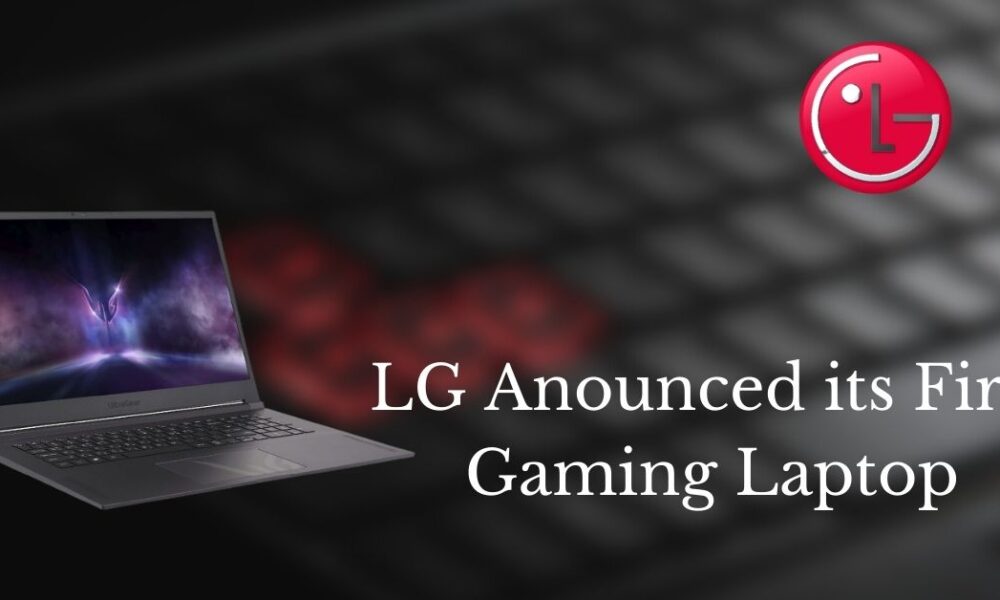
Samsung in January introduced an MRAM innovation, claiming the world’s first in-memory computing primarily based on MRAM which can perform both data storage and data computing inside a sole memory network. The enterprise claims its MRAR array chip is the next step to knowing low-energy AI chips.
The use of in-memory computing architectures has improved over time due to its capacity to crunch data on the edge, which could in turn lessen the quantity of data motion and network latency. Samsung’s renewed attention on in-memory computing, however, stems from MRAR’s low-resistant nature, which mostly limits its capacity to lessen power intake while used in standard in-memory architecture.
Samsung claims its MRAR array chip removes this problem, however, with what it calls ‘resistance sum’ in-memory computing architecture.
Several in-memory computing architectures historically rely upon crossbar arrays of non-volatile memories, which execute multiply-accumulate operations in an analog manner, according to Samsung. But the venture is growing a crossbar array able to spin-transfer-torque MRAM.
“MRAM offers practical advantages such as endurance and large-scale commercialization. The difficulty stems from the low resistance of MRAM, which would result in large power consumption in a conventional crossbar array that uses current summation for analog multiply-accumulate operations,” Samsung stated in the report published by Nature.
Samsung’s research crew claims they’ve efficiently developed an MRAM array chip with a 64 x 64 crossbar array primarily based on MRAM cells that overcomes the low-resistance problem with an architecture “that makes use of resistance summation for analog multiply–amass operations,” on the report of the published paper. The organization included its MRAM array chip with readout electronics in 28nm complementary metal-oxide-semiconductor technology.
Samsung’s research crew steered via Samsung Advanced Institute of Technology (SAIT) in collaboration with the enterprise’s Electronics Foundry Business and Semiconductor R&D Center, says they’ve positioned its MRAM chip to the test with numerous AI-based instances. The MRAM-based in-memory computing chip executed 98% accuracy in the category of hand-written digits and 93% accuracy in detecting faces from scenes, according to Samsung.
Beyond in-memory computing, Samsung is hoping to increase its MRAM array chip to biological neuronal network use cases, as well. The agency has set its points of interest on neuromorphic electronics research and currently launched a paper outlining its imagination of neuromorphic chips on Sept. 26, 2021. The paper unveils Samsung’s perception of reverse-engineering the mind onto a memory chip, which could permit a neuromorphic chip to emulate a human mind with a “copy and paste” approach.
With this form of neural technology, AI models may well go past current data processing limitations, turning into increased flexibility and the ability to generate more correct algorithms. Neuromorphic engineering, however, additionally introduces its very own set of obstacles. Neuromorphic chips might require development in their very own class of memory and storage past what’s presently available. These chips might additionally, and probably require an entirely new programming language with specialized encoding and processing concepts.
Samsung stays hopeful, however, due to MRAM’s ability to work similarly to neural synapses.
Also Read:Samsung Portbable Beam Projector





